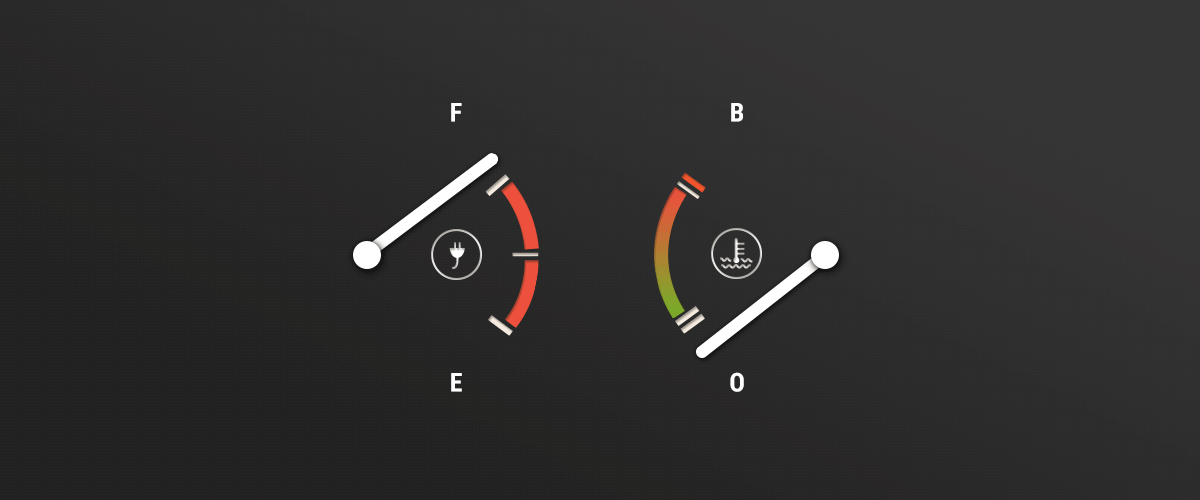The term "surface load" is used to mean a quotient of power and surface. The surface load is mostly specified in 'W/Cm². The selection of the surface load is a function of the type of heating element on the one hand and the function of the type of the fluid on the other hand. The worse the fluid can dissipate the heat from the surface of the heater or the more thermally sensitive the fluid is, the lower must the surface load be selected.
While the transferable quantity of heat is limited by the medium in traditional heat exchangers, the dissipated quantity of heat is constant in case of electrical heating elements. The consumed electrical power is almost completely transferred to the fluid. If the heat transfer is hindered (i.e. the surface load is too high for this case), the fluid (and the heating element) will overheat.
Different heating element designs have different maximum surface loads:
- Exchangeable ceramic cartridges max. approx. 6 W/cm²
- Uncompacted heating elements with a metal jacket max. approx. 8 W/cm²
- Compacted heating elements max. approx. 20 W/cm²
- High-capacity ceramic cartridges max. approx. 100 W/cm²
These maximum surface loads can only be achieved if the proper fluids are used.
The values below have turned out to be useful in practice for the following fluids:
- Water 0°dH max. 20 W/cm²
- Circulating water, low-oxygen, VDI 2035 max. 10 - 15 W/cm²
- Drinking water < 18°dH max. 6 W/cm²
- Drinking water > 18°dH max. 3 - 4 W/cm²
- Heat transfer oil max. 4-10 W/cm²
- Fuel oil EL/ diesel max. 4 W/cm²
- Colza oil max. 4 W/cm²
- Hydraulics oil max. 1 - 2 W/cm²
- Heavy oil max. 2 W/cm²
- Milk max. 1 W/cm²
- Honey max. 0.5 W/cm²
Other fluids are designed similarly. Basically, the maximum admissible surface loads can be calculated for fluids whose material data is known. Also, this is required by the standard (DIN 4754) for heat transfer oil systems with organic fluids.
The calculation must include the fact that the heat energy is sufficiently dissipated in areas with a bad flow. In practice, this will lead to such high reductions that the above-mentioned values can be used for common designs without an exact calculation

